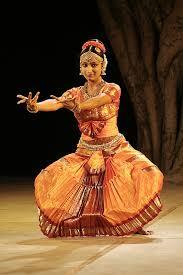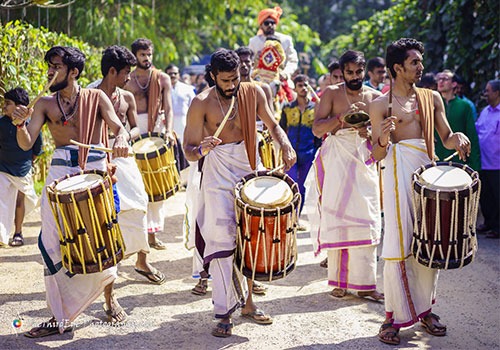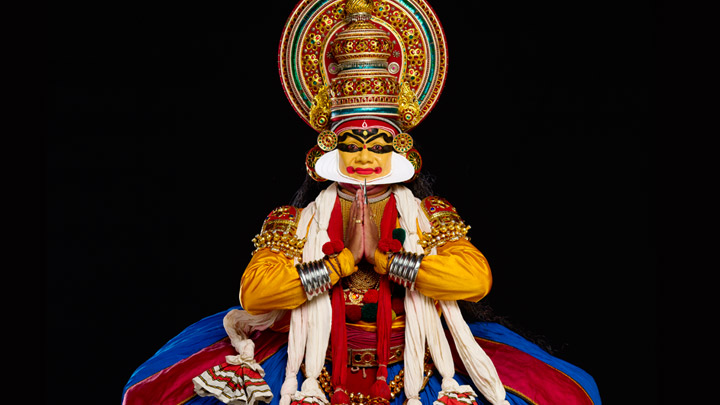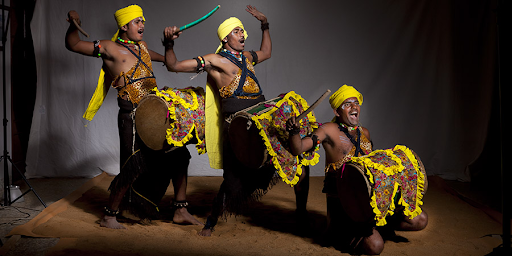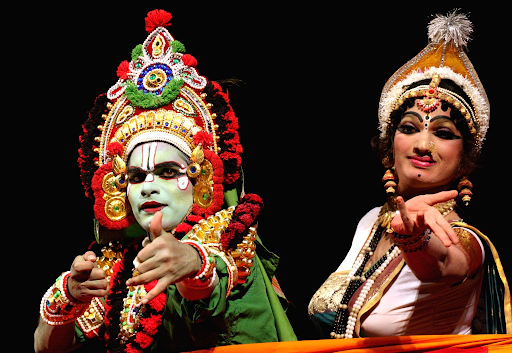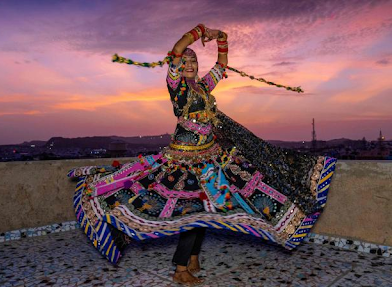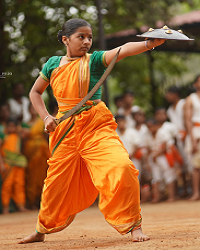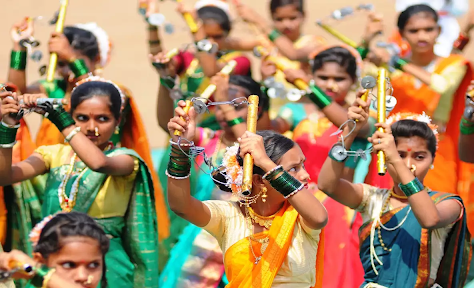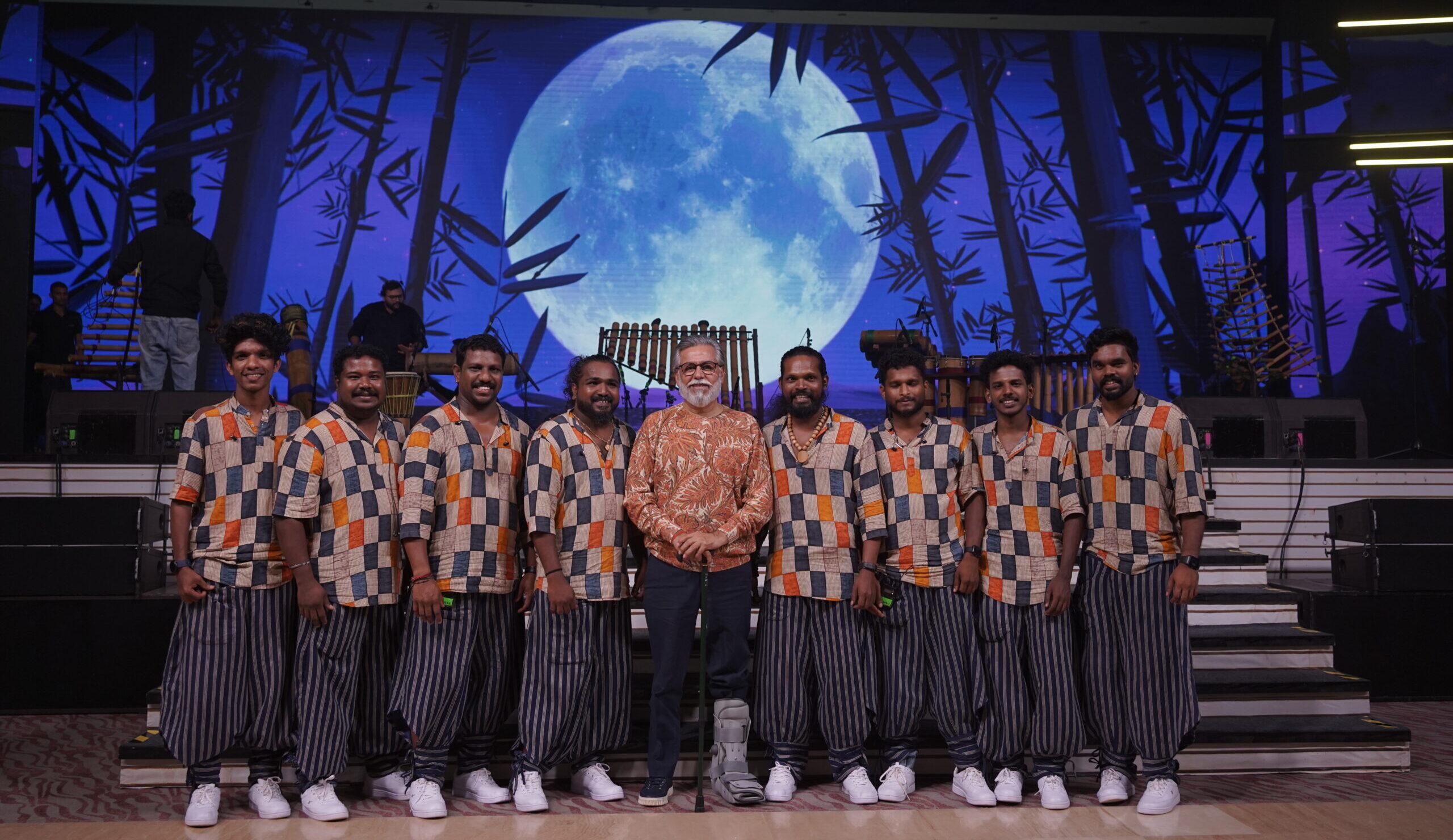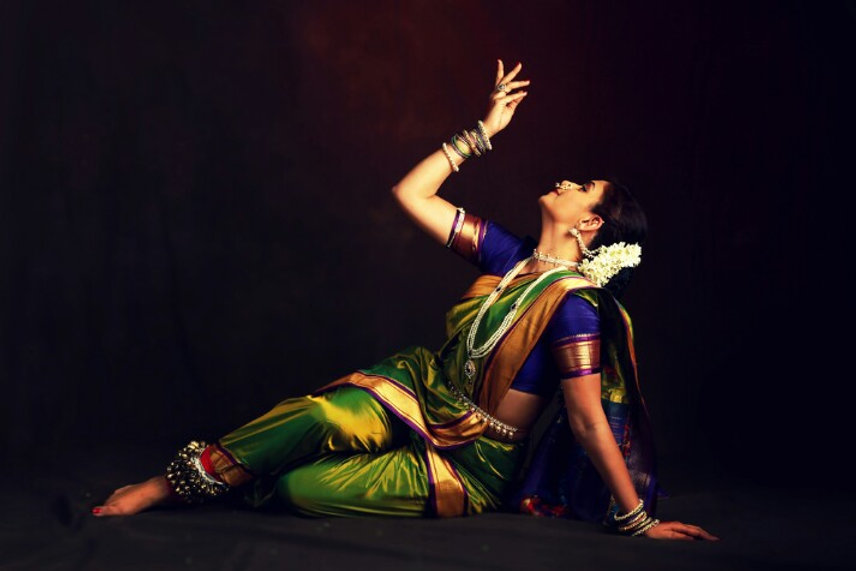Huli Vesha Dance
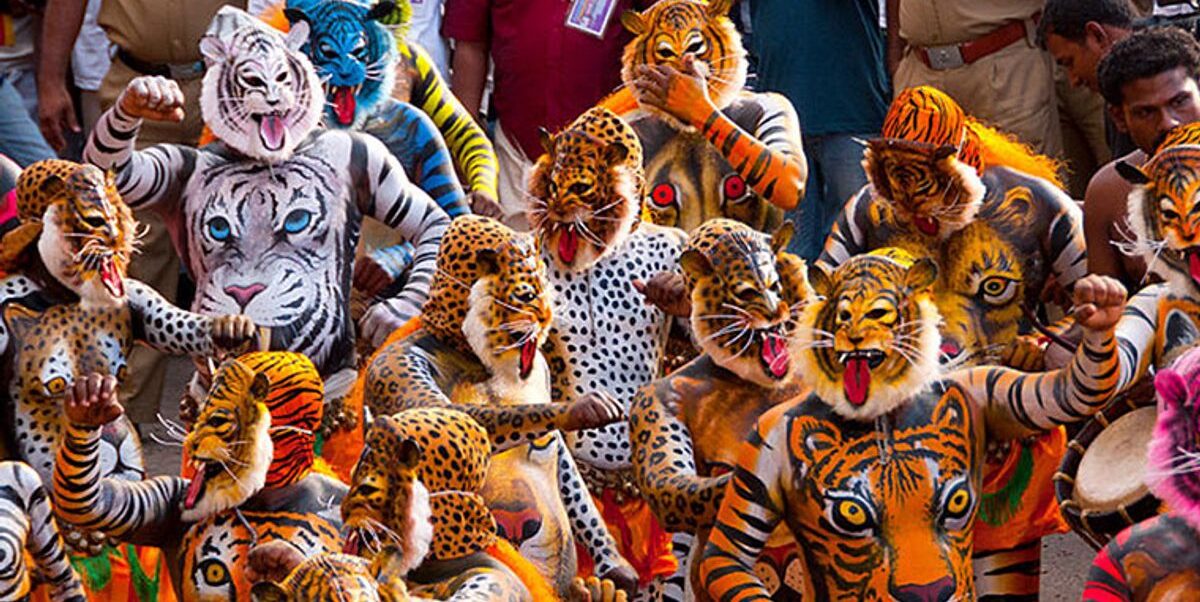

About
Huli Vesha, also known as the Tiger-faced Dance, is a lively and distinctive dance form from the coastal region of Karnataka. This traditional performance celebrated during the Navratri Festival, which usually falls in October, is a vibrant homage to Goddess Durga, whose symbolic animal is the tiger.
The dance is a colorful spectacle where local youth don elaborate tiger costumes, including face masks or face paintings and tiger-striped body paint, complemented by bright yellow or orange shorts. The performers, often a group of energetic individuals, take to the streets of their town, creating a lively and engaging atmosphere as they dance to the rhythm of drums and accompanying music.
The performance is not only a tribute to the goddess but also an interactive experience for the public, with the troupe making stops along their route to perform stunts and formations that captivate and entertain spectators.
Huli Vesha is characterized by its dynamic and exuberant presentation. The dance involves intricate movements and formations that mimic the behavior of tigers, reflecting the aggressive and protective qualities associated with Goddess Durga. The lively beats of traditional drums and the vibrant costumes create a festive and immersive environment that draws crowds and engages them in the celebration.
Huli Vesha Dance is a striking example of how traditional dance can blend cultural reverence with public celebration. Its energetic performances, colorful costumes, and community engagement make it a memorable and integral part of Karnataka's cultural landscape.
#Tags
- CULTURAL ENTERTAINMENT
- LOCAL ENTERTAINMENT
- FOLK MUSIC
- FOLK DANCE
- REGIONAL ENTERTAINMENT
- TRADITIONAL ACTS
- ETHNIC ACTS




